In addition to the ritually broken pots, animal ankle bones were placed in the well, which had been thrown to ask the oracle what to do next, concludes archeology professor Jari Pakkanen.
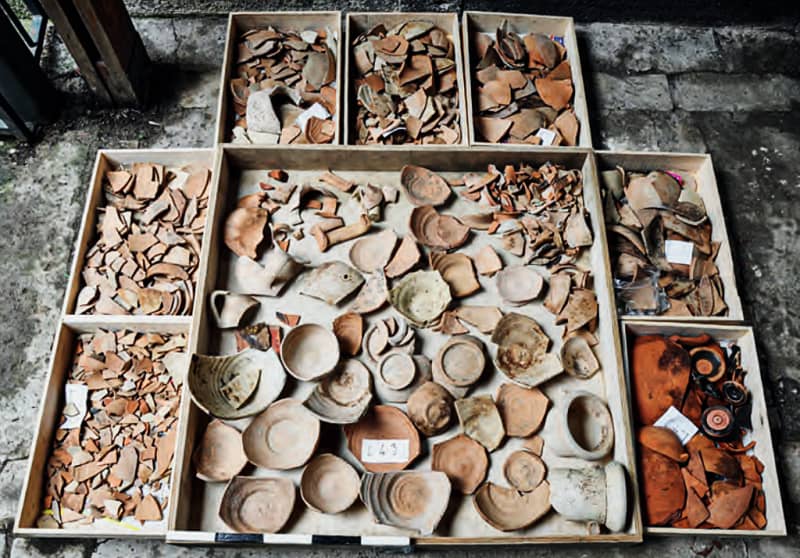
In 403 BCE, a group of Naxosians stood on the ruins of their hometown on the eastern coast of Sicily. Syracuse, one of the winners of the Peloponnesian War, had made a revenge attack on Naxos, which was known for no mercy.
The houses had been destroyed, the walls torn down and the people taken as slaves, but something familiar was found when those who were spared the revenge returned to Naxos: the deep well in the courtyard of one of the houses was intact, even though the house was no longer there.
Naxos was the oldest of the settlements that the Greek newcomers founded in Sicily in the 7th century BC. The 350-year history of Naxos had time to fit a lot of turmoil. The city had survived it on its feet, but now it was different. The residents’ farewell was final, and the area was deserted for a long time.
Before leaving, the last people of Naxos put objects at the bottom of the well, which tell an exceptionally clear story of that turning point in the history of Hellenic Sicily.
– When the material was gathered and it was started to be reviewed, the idea quickly arose that something special had happened there.

– Our research interests coincided so well that since then we have done something together in Naxos practically every year. It’s such an incredibly interesting city that I’ve had it as a second project ever since. I was hooked, Pakkanen says.
Only one well had previously been found inside the city walls of Naxos. When starting the new excavations, the researchers did not assume that their discovery was another well, but considered it a pitho, i.e. a ceramic storage pot up to two meters high.
It was, but there was a surprise underneath.
– In the beginning, we assumed that it would be a matter of one excavation season. We decided to see what was stored in the pot, Pakkanen says.
In the end, the diggers had more than six meters of work to do. Ancient well-diggers had equally struggled to get fresh water. They had also kept their wells clean.
– The findings indicate that the well was in use throughout the 4th century. There were only a small number of finds on the bottom, and they were very fragmentary. The well had been cleaned well, Pakkanen says.
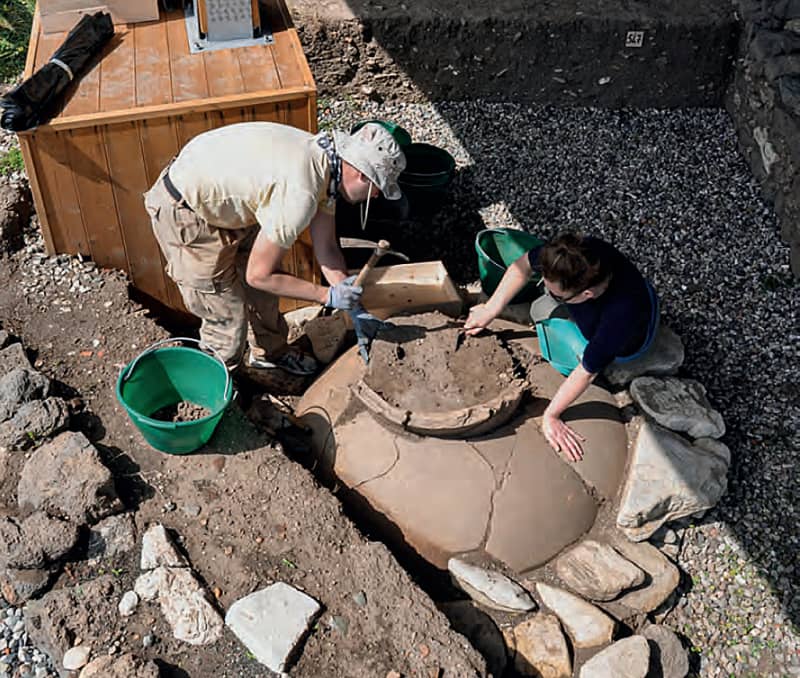
The basic objects of the well paint a picture of something from 403 BC. per day. You can even sense emotions from them: anger, sadness, powerlessness. However, Jari Pakkanen also sees a spark of hope in the time capsule left by the people of Naxos.
– They thought that \”the city has been destroyed, but we are still alive\”. By prophesying, we sought guidance from the gods for the next step, which would be better than the previous ones.
The answer was asked for by throwing astragals, i.e. animal leg bones, which have been used in many other cultures for divination as well as game pieces.
From the position in which the astragalus fell, the oracle’s position on the issue at hand was deduced. At the well, the answer was that it was not worth staying on Naxos any longer.
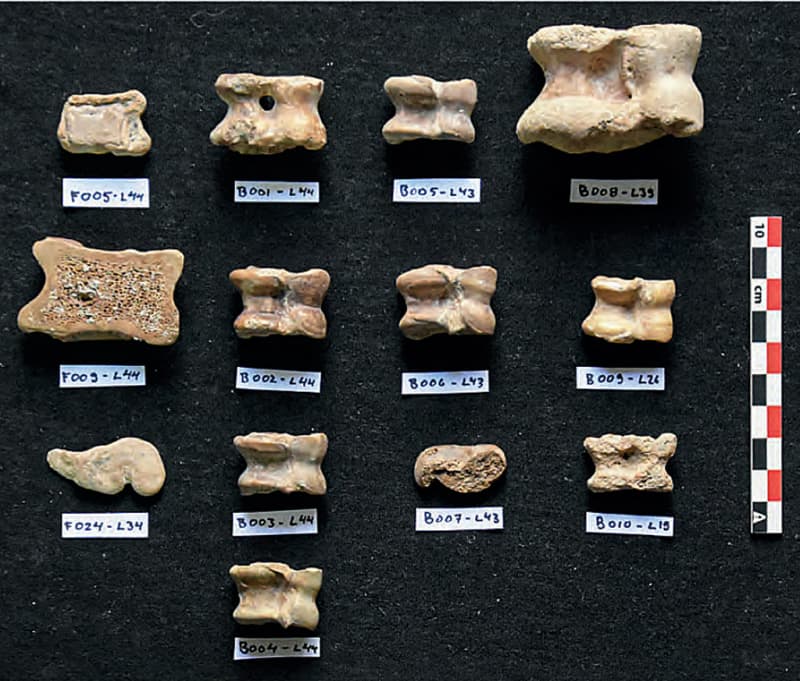
Maybe the lots were slightly weighted so that they would fall in the desired position, laughs Pakkanen. Inside a few bones was a lead weight. However, the departure from Naxos was logical, whether it was dictated by the oracle or not.
– The 15th century was a violent time. Naxos was constantly under attack. The city was not defensible. The walls could not be made massive enough.
So the residents moved about ten kilometers away up into the mountains. Such a place was easier to defend.
In the new place on Mount Taurus, things soon went downhill, says Pakkanen. The new hometown Tauromenium became today’s Taormina.
In addition to the astragalus, more than 40 clay vessels, which had been ritually taken from the spirits, were carefully lowered into the well. They were no longer usable for living people, but they were for the souls and gods of dead Naxosians.
– You could immediately see from the dishes that they had been broken in an interesting way. They were not broken by accident, Pakkanen says.
A large nail or other sharp object had been driven through the side of the pot or the bottom of the cup, which had split the vessel.
– When we put the pieces together, almost everyone could see that they had been broken with one blow.
It seems highly unlikely that an outsider would have undertaken to perform such a sacrificial ritual on the ruins of a foreign city. They had to be from Naxos, Pakkanen and Lentini concluded.
– They knew where to find preserved pots. They were mostly of local production and, as it were, heirloom vessels or originating from a shrine. Most were already a hundred years old. They had a connection to their history.
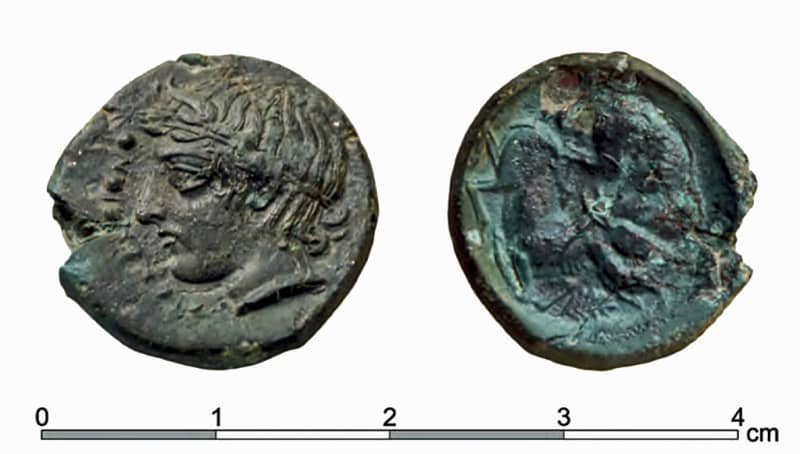
The dishes and astragali were sealed at the bottom of the well with roof tiles, and a Silenos mask was put on top – clearly on purpose, Pakkanen adds. Only then was other material from the destroyed house piled on top.
The faces of Silenus, who goes into wine but can prophesy when drunk, and the serpent-haired Gorgo, who looks petrified, were usually on the edge of the eaves of the sanctuaries.
After the people of Naxos left, the city area was practically deserted for centuries, until the Byzantine era. There were some Romans in the area, as signs of burning limestone into lime have been found in their tracks, but only one Roman villa has been found.
The pithos, sunk in a half-filled well, was probably the cold storage of the Byzantines, which was cooled by the snow and ice of Etna’s slopes, Pakkanen estimates.
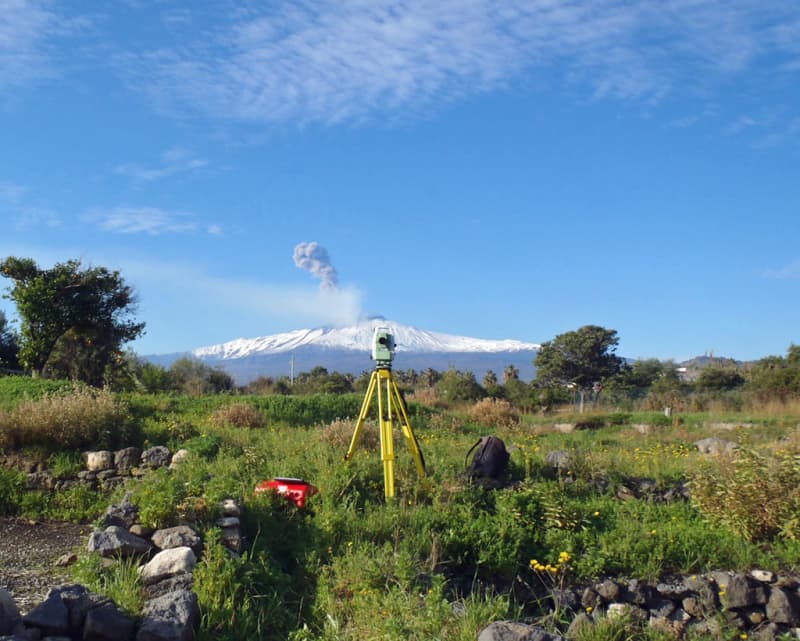
Ancient Naxos seems to be hooked on Professor Jari Pakkas. The work continues with the digging of at least one house and the intersection area, he says.
First, however, we will investigate what the material from the 400th century house that ended up in the well has to say about wall decorations, among other things. According to Pakkanen, you can already see from the limestone that there were two colors, white and red. The patterning was apparently abstract, there were no wall paintings.
– We have lime mortar material at the box store. It has now been mapped and modelled. Let’s see what we can get out of it. And at the same time, we will also go through ceramics in more detail.
The wet well has been a treasure trove in many ways. Elsewhere, the acidity of the earth has wreaked havoc on the lime mortar and the finds are fingertip-sized pieces that disintegrate when touched, Pakkanen says. Plant parts and bones were also safe in the well.
The deeper you went in the well, the wetter the ground was. The archaeologists had no problems with the groundwater, but the rest was a muddy field, Pakkanen laughs.
The plant samples and bones are still being analyzed at Royal Holloway.
– Even in such a context, you always come across seeds and other things that have turned into coal. We have those too. Many things become clear only when you start going through the entire material carefully.
